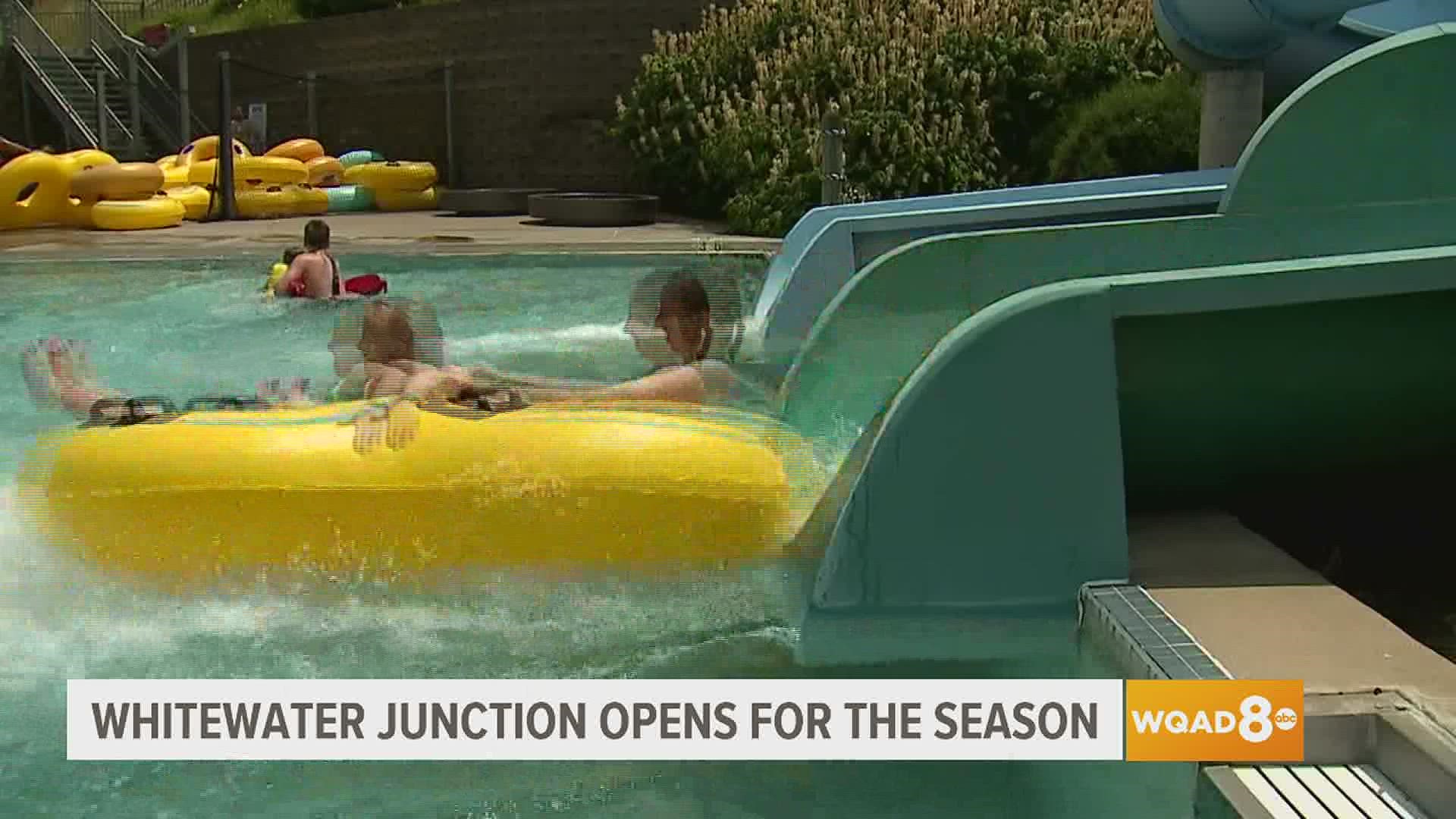MOLINE, Ill. — Many public pools opened this past Memorial Day weekend, and many families jumped into their backyard pools for the first time this summer. As we begin to have summer weather, more people will be spending more of their time in the water. Here are some safety tips to follow:
Make sure to always keep an eye on children when at the pool. If you are in a group with multiple children and adults, have a designated adult to watch children or rotate times when each adult contributes. When watching children, it is vital that they should not be reading, texting, playing games on their phones, etc.; their only job is to watch the children. But keep your phone nearby in case there is an emergency and a need to contact help. Even if there are lifeguards present, adults still need watch the children that came with them to the field.
Don’t swim alone
Use the buddy system when swimming. Not only is this more fun, but it also provides someone to look out for you and, if an emergency happens, call for or go get help.
Teach Children How to Swim
This is a life-saving skill that children should have. You can enroll children in swim classes at many organizations, such as your local YMCA, USA Swimming Chapter, and local Parks and Recreation Departments; which often offer free or reduced-cost classes.
Stay away from Drains
Try to not swim near drains or other suction outlets, especially in shallow pools or spas. These can spell potential danger when in contact with hair, limbs, jewelry, or looser swimsuits. Never enter a pool that has a loose, broken, or missing drain cover. Make sure to know where the emergency vacuum shutoff is located.
Have a Proper Drain Cover
Make sure your drain has a proper drain cover. All public pools must have drain covers or grates that meet state and/or federal safety standards. It is important to have a cover because suction from a drain can trap a person and lead to drowning.
Barriers, Covers, and Alarms
If you have pool in your backyard, make sure to have fences, barriers, alarms, or covers. If you have a fence, it should be at least 4 feet tall, not be climbable by children, and surround the entire pool. If you have a gate, make sure its accessible only through self-closing or self–latching. Install a door alarm from the house to the pool area. Finally, keep the pool covered when not being used.
Don’t Play Breath-Holding Games
These games could lead to drowning. If a someone holds their breath too long or hyperventilates before going under, they are at high risk for passing out underwater. There are proper breathing techniques that you can learn when swimming to avoid this.
Wear a Life Vest
Young children and inexperienced swimmers should always wear a Coast Guard-certified life jacket around water. Even when wearing a life jacket, one must still follow swim safety guidelines. Other floatation devices such as water wings, floaties, pool noodles, etc are not a substitute for life jackets.
Enter Feet First
Injuries can occur if you dive or jump in head-first, especially in shallow water. If interested in jumping and diving, learn the correct form and make sure it is in an area where it safe to do that.
Stay within Designated Swim Areas
Stay in designated swim areas based on your swim level. If you are out at a lake or the ocean, make sure stay within the designated swimming area.
Avoid Alcohol Use
Alcohol impairs a person's judgment, balance, and coordination. It can affect your ability to swim and lower your body temperature. Parents and designated swim supervisors should avoid alcohol use because it can distract you and leave you unable to respond appropriately if an emergency occurs.
Don’t Jump in the Water to Save Someone
If you see someone struggling to stay above water, do not jump in try to save them; that could result in both people drowning. A common motto is “reach, throw, don’t go”: which means to use a long object to pull the struggling swimmer to safety. This keep both the struggling swimmer and yourself out of danger.
Learn CPR
Learning CPR can help save a life. Once certified, keep up to date with the certification. If you would like to be certified, classes are offered through hospitals, community centers, or by contacting the American Red Cross.

